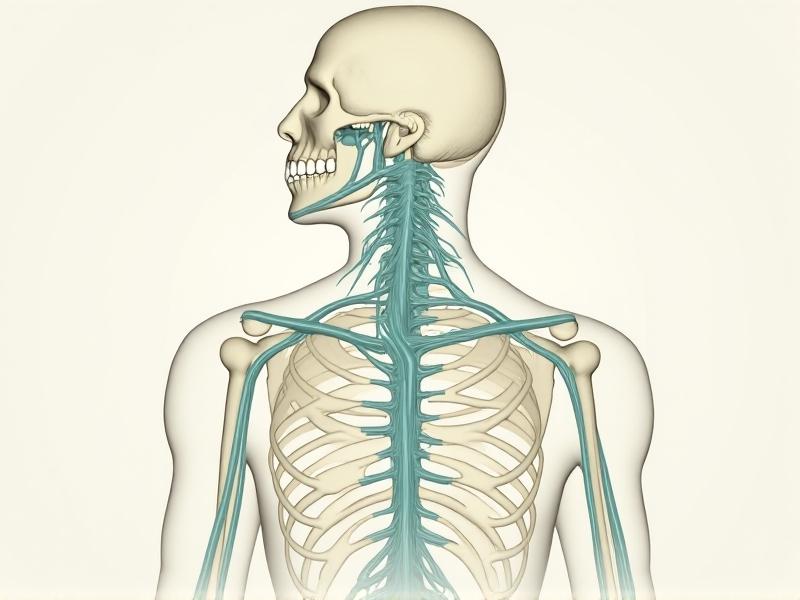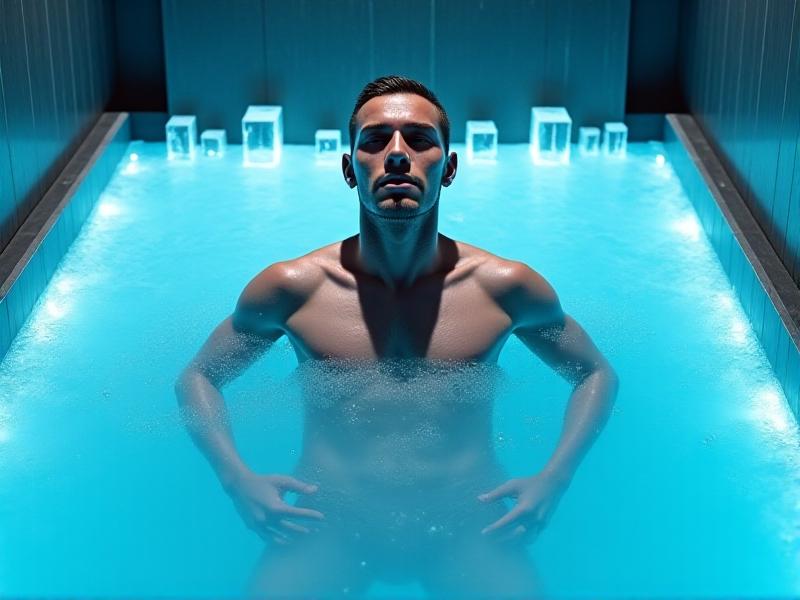Cold Therapy Apparel: Neoprene Gear Guide
Introduction to Cold Therapy Apparel: The Rise of Neoprene Gear
Cold therapy has long been a staple in sports recovery and medical rehabilitation, but recent innovations in apparel have transformed how we approach targeted cooling. Enter neoprene—a synthetic rubber material renowned for its insulating properties. Originally popularized in wetsuits, neoprene has found a new niche in cold therapy gear, offering wearers a blend of compression, thermal regulation, and durability. Athletes, physiotherapy patients, and even individuals with chronic pain are turning to neoprene sleeves, braces, and wraps to manage inflammation, support joints, and accelerate recovery. This guide dives into the science, benefits, and practical considerations of neoprene cold therapy apparel, helping you navigate this growing market with confidence.
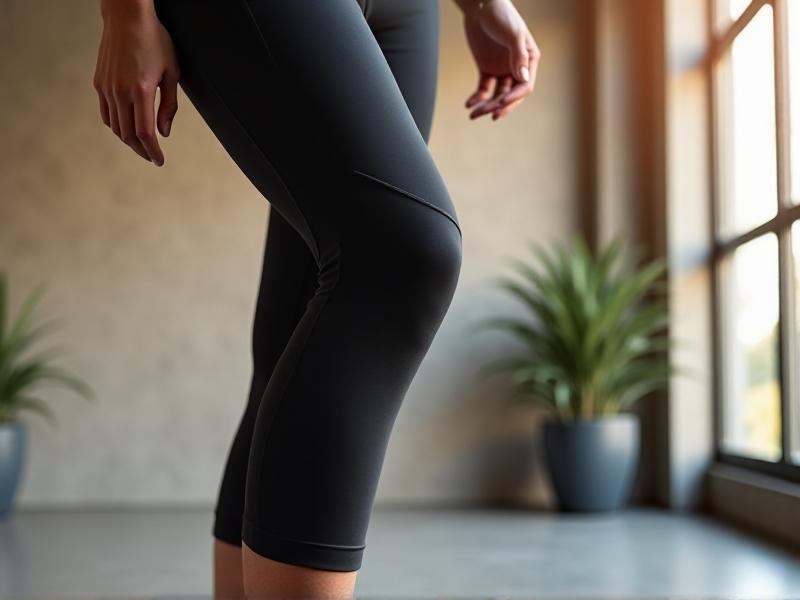
What Is Neoprene? A Deep Dive into the Material
Neoprene, technically known as polychloroprene, was first developed by DuPont scientists in 1930. Its closed-cell structure traps air, creating a lightweight yet effective thermal barrier. Unlike bulkier alternatives, neoprene provides consistent insulation without restricting movement, making it ideal for form-fitting apparel. Modern manufacturing techniques have enhanced its breathability and flexibility, addressing historical critiques of stiffness or discomfort. Today’s neoprene blends often incorporate additives like nylon or spandex to improve moisture-wicking and stretch, ensuring it adapts to the body’s contours. This adaptability is why neoprene has transitioned seamlessly from ocean sports to medical and fitness applications, where precision and comfort are paramount.
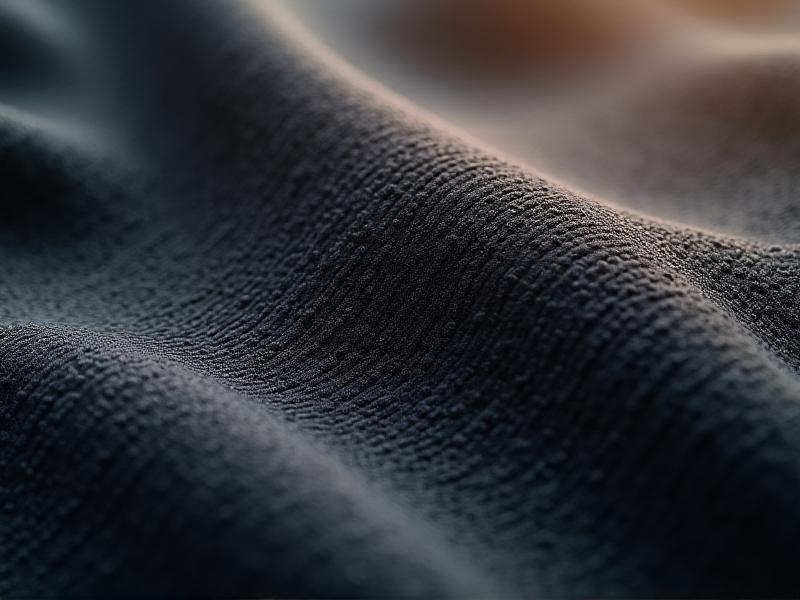
How Neoprene Enhances Cold Therapy: The Science Explained
Neoprene’s effectiveness in cold therapy lies in its ability to stabilize temperature while providing gentle compression. By trapping body heat, it creates a microclimate that can either retain therapeutic cold packs or naturally soothe muscles through consistent warmth, depending on the user’s needs. Studies suggest that mild compression from neoprene gear improves blood flow, reducing swelling and promoting lymphatic drainage. Additionally, its moisture-resistant properties prevent sweat buildup, which can exacerbate inflammation. For post-injury recovery, this combination of thermal regulation and pressure mimics the benefits of clinical cryotherapy—but in a portable, wearable format. Whether you’re recovering from a sprain or managing arthritis, neoprene offers a science-backed solution.
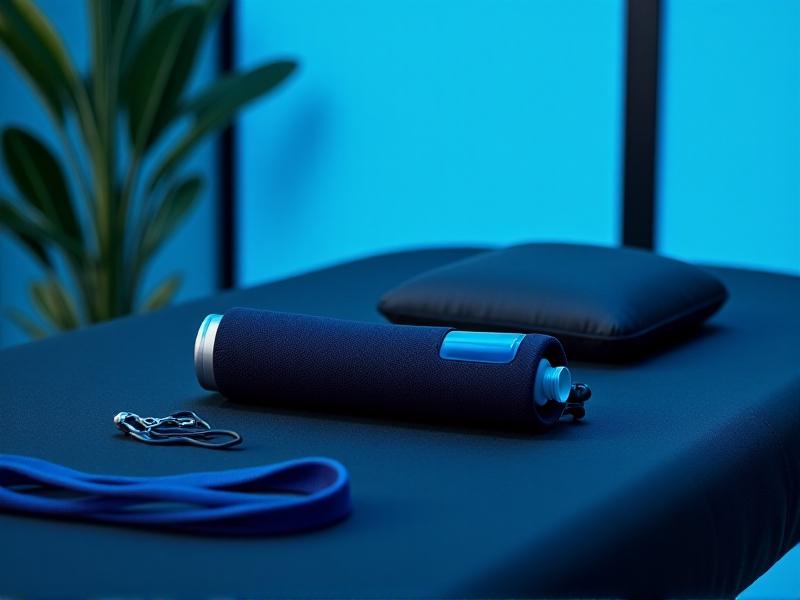
Choosing the Right Neoprene Gear: Fit, Thickness, and Design
Selecting neoprene cold therapy apparel requires attention to three factors: fit, thickness, and design. A snug but non-restrictive fit ensures optimal compression without impeding circulation. Thickness typically ranges from 3mm to 7mm—thinner options suit mild support and flexibility, while thicker variants offer robust insulation for severe injuries. Look for ergonomic seams and adjustable straps to customize pressure levels. Breathable mesh panels or perforations can mitigate overheating, especially in gear designed for prolonged wear. Brands like McDavid and NeoG have pioneered innovations such as antimicrobial linings and gradient compression, catering to diverse needs. Always prioritize quality over cost, as inferior neoprene may degrade quickly or lack sufficient elasticity.
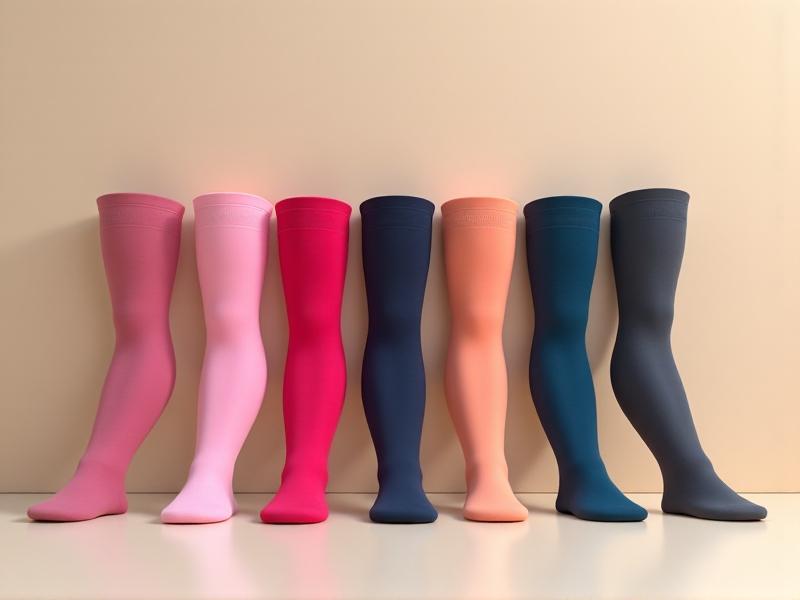
Neoprene vs. Alternatives: Why It Leads in Cold Therapy
While materials like nylon, spandex, and cotton dominate activewear, neoprene’s unique properties make it unmatched for cold therapy. Unlike cotton, it doesn’t absorb moisture, keeping the skin dry during intense workouts. Compared to nylon’s breathability, neoprene offers superior thermal retention, essential for prolonged cold therapy sessions. Hybrid fabrics like neoprene-laminated polyester attempt to bridge gaps but often fall short in durability. Moreover, neoprene’s resistance to oils and chemicals makes it easier to clean and maintain than organic fabrics. For targeted recovery, where precision and consistency matter, neoprene remains the gold standard—even as competitors innovate.
Care and Maintenance: Prolonging Your Neoprene Apparel’s Lifespan
Proper care ensures your neoprene gear retains its elasticity and insulation over time. Hand-wash with mild detergent and lukewarm water to prevent chlorine or saltwater damage. Avoid wringing—gently press water out and air-dry away from direct sunlight, which can cause cracking. Store items flat or rolled to maintain shape; hanging may stretch seams. For gear with Velcro or straps, fasten them before washing to prevent snags. Periodically inspect for wear, particularly around stress points like knees or elbows. With diligent care, high-quality neoprene products can last years, offering reliable support through countless recovery sessions.





